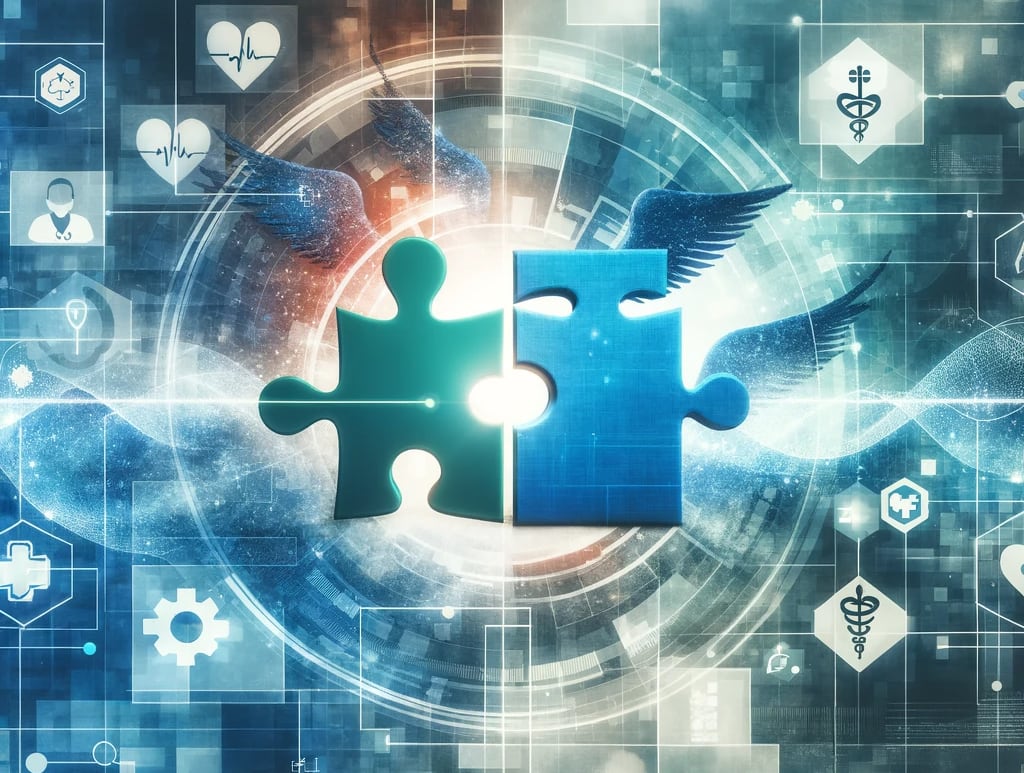In the rapidly evolving healthcare sector, innovation and efficiency drive significant changes in patient care delivery. Traditional workflows, once the cornerstone of hospital operations, are now being reevaluated and upgraded in the face of technological advancements. The integration of nurse call systems with Electronic Medical Records (EMR) exemplifies this shift, heralding a new era in healthcare where technology doesn’t just support but actively enhances every aspect of patient care. This move towards a more interconnected and technologically integrated healthcare environment promises to streamline operations, improve patient outcomes, and elevate the overall standard of care.
The Evolution of Healthcare Needs
The healthcare landscape has transformed, driven by increased patient volumes and expectations for quality care. Traditional workflows, reliant on manual processes and isolated systems, must be equipped to meet these modern demands, highlighting the need for a more integrated approach.
The Limitations of Traditional Workflows
The inefficiencies of traditional workflows, such as delayed information transfer and fragmented patient records, can lead to significant patient care delays and increased error potentials, underlining the critical need for enhanced workflow solutions.
The Power of EMR Integration
Integrating nurse call systems with EMR is transformative, creating a cohesive ecosystem where patient calls serve as gateways to comprehensive, contextual information, ensuring timely and informed care.
Improving the Patient Experience through Integration
Integrating nurse call systems with EMR plays a pivotal role in enhancing the patient experience, directly impacting HCAHPS scores and other patient satisfaction metrics:
-
- Accurately Monitor Rounding Compliance: Integration facilitates precise monitoring of rounding compliance, ensuring regular patient checks and adherence to care best practices.
- Streamline Communication Channels: By simplifying communication channels, integration enables direct, efficient information exchange between caregivers and the EMR, enhancing care coordination.
- Record Pain Checks and Other Care Initiatives: The system allows for documenting pain assessments and care initiatives directly into the patient’s EMR, promoting a consistent and coordinated approach to pain management.
- Push Data with a Single Button: Integration allows updating patient charts with a single button push, streamlining documentation and ensuring real-time data accuracy.
- Indicate Staff Presence and Patient Risks: Advanced features like over-door lights can signal staff presence or highlight patient risks such as fall hazards, improving staff awareness and patient safety.
The Tangible Benefits of Integration
Integrating nurse call systems with Electronic Medical Records (EMR) brings tangible benefits that significantly enhance healthcare delivery. One of the most notable advantages is the drastic improvement in response times and patient safety. This synergy allows healthcare professionals to access critical patient data instantly, enabling swift action in emergencies and enhancing patient care and safety. Furthermore, this streamlined access to information significantly boosts staff efficiency by reducing manual data entry and administrative burdens, allowing more time for direct patient care.
Moreover, the integration positively impacts job satisfaction among healthcare workers by simplifying daily tasks and providing easy access to necessary patient information. This improvement in the work environment leads to higher quality care and contributes to a more positive healthcare setting. Additionally, the seamless flow of information fosters more informed decision-making and supports personalized care approaches. Healthcare providers can tailor treatments to individual patient needs, improving outcomes and patient satisfaction. This holistic enhancement of healthcare processes underscores the critical role of integrating nurse call systems with EMR in modern healthcare facilities.
The Future of Healthcare: Integration as the New Standard
The future of healthcare is set to embrace integration as its new standard, marking a transformative shift towards a more interconnected and responsive ecosystem. Integrating nurse call systems with Electronic Medical Records (EMR) is merely the beginning of this extensive transformation, which aims to streamline workflows and enhance patient outcomes holistically. Innovations such as artificial intelligence (AI), machine learning, and the Internet of Medical Things (IoMT) will be at the forefront of this evolution, providing predictive insights, automating routine tasks, and delivering personalized care at unprecedented levels.
As we move forward, the automation of processes based on inputs from EMR, IoMT devices, beds, telemetry, and other passive events (those not initiated by patients or the care team) will become increasingly central to healthcare delivery. This automation will reduce the manual effort required in monitoring and managing patient care and significantly improve the accuracy and timeliness of interventions. By leveraging data from a wide array of sources, healthcare providers can anticipate patient needs, adjust treatments in real-time, and prevent adverse events before they occur.
This shift towards an integrated healthcare ecosystem will foster a more efficient, patient-centric model adaptable to the evolving demands of society. It sets a new benchmark for excellence in healthcare delivery, ensuring that every component of the healthcare system works in harmony to support optimal patient outcomes.
In Conclusion: Embracing the Imperative for Change
Integrating nurse call systems with Electronic Medical Records (EMR) is a pivotal response to the evolving demands of modern healthcare. It represents a shift towards a more efficient, secure, and patient-focused model of care, addressing the urgent need for facilities to adapt and thrive in a complex healthcare environment. This integration is far from a mere enhancement; it’s a fundamental change imperative for providing top-notch care in today’s fast-paced world.
As we face an era of increased patient expectations and a push for greater operational efficiency, the integration of these systems is not just advantageous—it’s critical. It ensures that healthcare providers meet current needs while laying a solid foundation for future technological advancements. This commitment to innovation and improvement in patient care and workflow efficiency will distinguish leading healthcare facilities in the years to come.
By integrating nurse call systems with EMR, healthcare facilities are enhancing their current operations and paving the way for a future where excellence in patient care and operational efficiency are inextricably linked.
All News and Events




